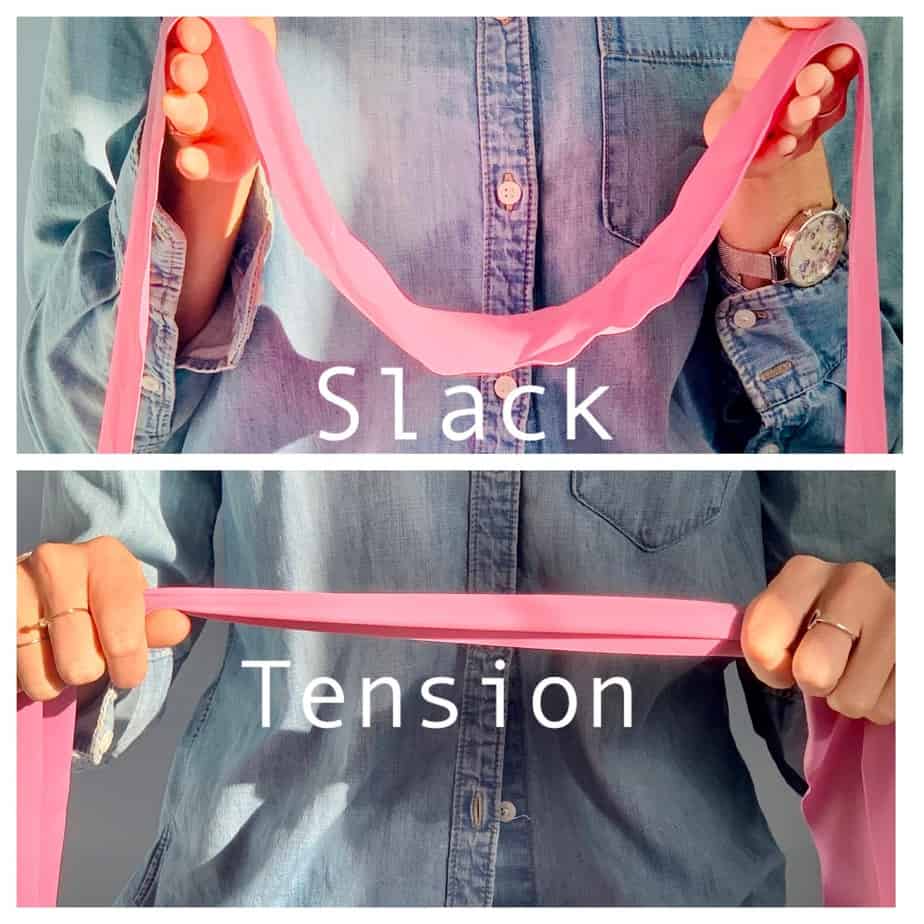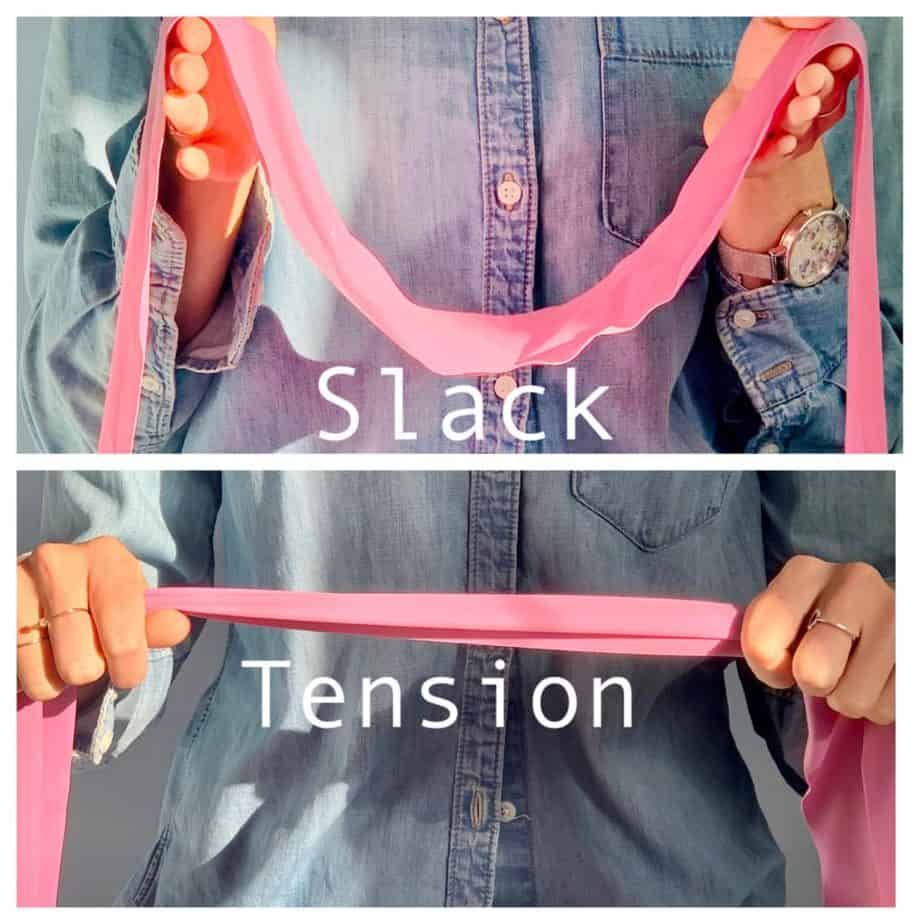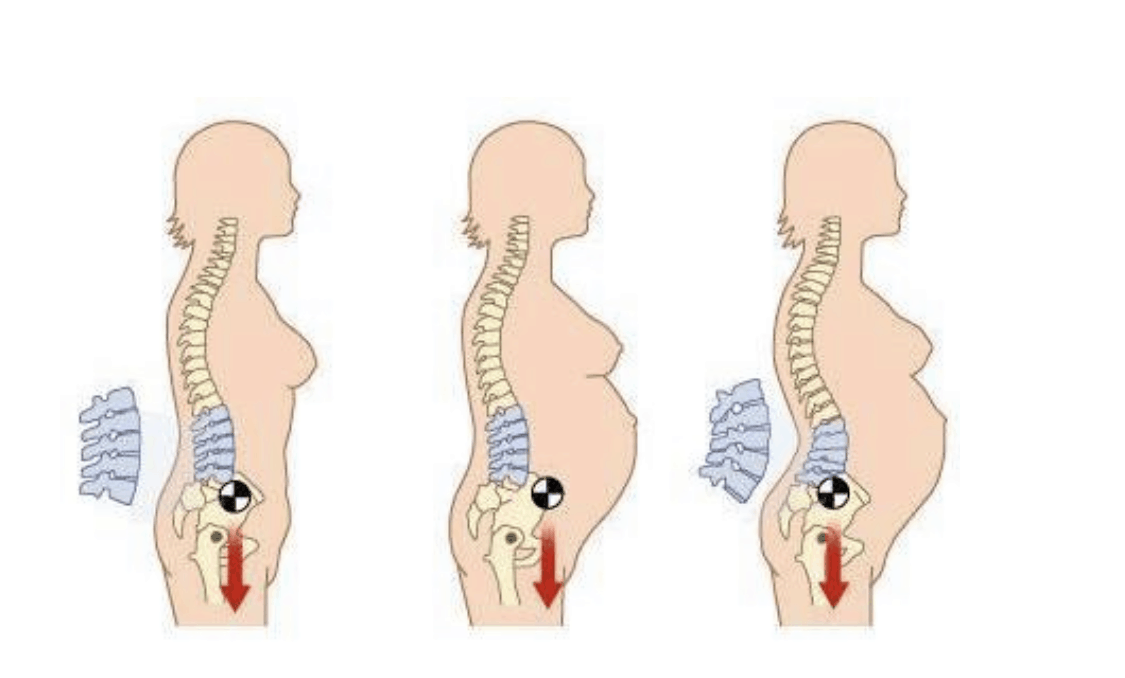Diastasis Recti (Part 2)

Last month, we introduced Diastasis recti abdominis (DRA), the separation of the abdominal muscles which commonly occurs during pregnancy or postpartum.
So you have a gap, don’t panic!
There is a whole lot of fear and misunderstanding surrounding the topic DRA. Remember, some separation is normal and extremely common. Pregnancy hormones create laxity in the abdominal wall connective tissue, called the linea alba, to allow for belly expansion to accommodate growth of the baby. The same hormones also influence tissue healing during postpartum as connective tissue continues to have enhanced elastic qualities, which can hinder the recovery process.
A lot of focus is placed on the gap between the abdominal muscles. However, depth of the gap should be considered in addition to width. Current research denotes the significance of depth as an indicator of function, which is controlled by one’s capacity to generate tension through the abdominal muscles.
All about tension
Tension generated across the linea alba is required for safe loading of the abdominal wall, which is needed to build strength, and for pressure regulation throughout the core. Doming or coning is what occurs when pressure loss occurs via DRA, and can lead to pelvic floor dysfunction.

What does tension look like?
Tension through the linea alba means the connective tissue is tight and has a firm quality. The linea alba functions like a rope, pulling the two sides of the abdominal muscle bellies together. When there is a loss of tension, the midline is slackened, and the tissue can feel saggy or soft.

Exercise is helpful, not harmful
DRA language can be extremely fear-inducing and has the potential of increasing stress and anxiety. This can lead to kinesiophobia, fear of movement, stemmed from the belief that exercise or movement will worsen DRA. When in fact, exercise is often the key to recovery for new mothers. A recent study by Thabet and Alshehri (2019) concluded that a deep core stability exercise program (i.e. diaphragmatic breathing, pelvic floor contraction, plank and isometric abdominal contraction) was effective in treating DRA and improving quality of life postpartum.
No set of exercise(s) have been proven to be more effective in treating DRA, and there is little evidence to show that any specific exercise increases the risk of harm either. There is no such thing as a bad exercise. Women should be encouraged to get back to the exercise, activity, or sport that they enjoy.
Individualization is key
A recent study by Dufour et al. (2019) found that that most women with DRA benefited from an individualized assessment and tailored approach to exercise prescription during recovery. Pelvic health physical therapists are experts in assessing the deep core and pelvic floor musculature and have extensive knowledge of exercise prescription. A therapist can determine contributing factors that may worsen the condition, like constipation or poor lifting techniques, and provide education on self management strategies. Pelvic therapists ensure optimal recovery by guiding appropriate exercise progressions for women with DRA and will often work together with fitness professionals who have specialized training in pre/postnatal fitness to achieve success.
The mind-body connection
DRA healing begins with awareness. This is achieved through restoring the mind-body connection and building deep core strength and stability.
Here are a few tips for improving tissue tension and creating body awareness:
Don’t hold your breath. Try exhaling when you engage your core to tap into the natural synergy between the diaphragm and deep core.
Try engaging different muscles groups for a little extra help. Both the pelvic floor and transversus abdominis muscles work synergistically to generate tension through the core.
Change positions. Try sitting, standing, side-lying, table top, or hooklying. Sometimes, all you need to do is change position to generate better tension. Once you find a position that allows for more control, start incorporating exercise.
We Can Help!
Body Harmony Physical Therapy offers one-on-one treatment sessions and provides individualized treatment programs for each patient.
This blog was created for informational purposes only and is not intended to be a substitute for professional medical advice, diagnosis, or treatment. Always seek the advice of your physician or other qualified health provider with any questions you may have regarding a health condition or before beginning a new exercise routine.
Written By: Victoria Garrett, PT, DPT
References
- Mota, Patricia & Pascoal, Augusto & Bø, Kari. (2015). Diastasis Recti Abdominis in Pregnancy and Postpartum Period. Risk Factors, Functional Implications and Resolution. Current Women’s Health Reviews. 11. 10.2174/157340481101150914201735.
- Thabet AA, Alshehri MA. Efficacy of deep core stability exercise program in postpartum women with diastasis recti abdominis: a randomised controlled trial. J Musculoskelet Neuronal Interact. 2019;19(1):62-68.
- Dufour S, Hurd A, Lis E, et al. Pregnancy-related diastasis rectus abdominis: Impact of a multi-component group-based intervention. Obstet Gynecol Int J. 2019;10(2):87‒93. DOI: 10.15406/ogij.2019.10.00420







